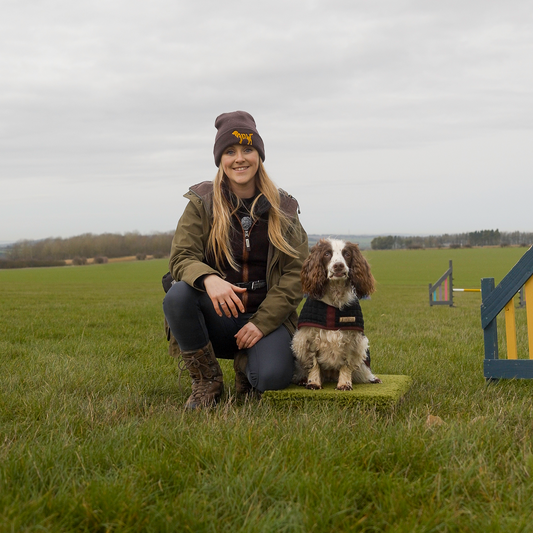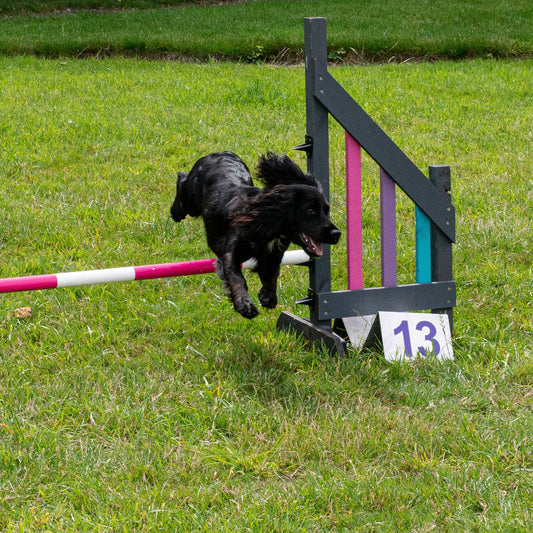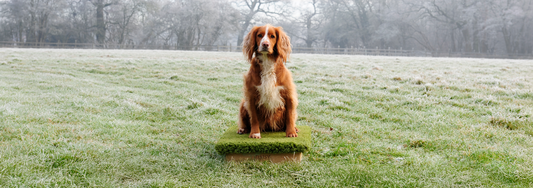Why train a recall whistle
Words falling on deaf ears
The trouble with us humans is we chatter! Dogs can quickly learn to switch off and ignore our words as background noise; this doesn’t pose a problem as we potter about the house nattering BUT can cause an issue when our verbal cues such as a recall fall on deaf ears!
Tool of choice
The benefits of a whistle are generally when we have a whistle on, as humans, we go into ‘training mode’ so it is not overused like our words can sometimes be. The sound of a whistle can carry better than our voice, which is awesome if your dog is roaming somewhere open like the beach or a big park. Where you may call here, Here, HERE progressively frantically, the whistle’s pitch is a consistent sound, with no emotion.
Adding a whistle to your training toolkit can introduce a strong foundation for more advanced work too as they are used in distance training when minimal or quiet handling is required between owner and dog such as shooting.
How a whistle works
In dog training, a cue is something handlers link to behaviours and follow with a reward, such as a word, whistle, or hand gesture to indicate to your dog that it’s time to do that behaviour.
We teach that:
When you “pip-pip-pip” on the whistle that’s a cue for your dog to come straight back to you.
You may not have a whistle or have been using one and your dog has learnt to ignore it. You can follow the same process but use a new word instead. Providing you are consistent with the word you use, any term can be used as a verbal cue such as come, here or pup for example.
We're soon going to be launching our FREE 5 Day Recall Challenge so, if you choose to do use a word instead in the formulas that you will be shown in the process, substitute “pip-pip-pip” with your chosen term.
Which whistle is best?
The Acme 210.5 is the type of whistle I personally use because I can have multiple whistles for my car, pocket etc in the same pitch.
Traditionally the Acme 210.5 (lowest) pitch is used with spaniels who work close to their handler as flushing dogs under the gun and therefore within shotgun firing range of under 50 yards. The 211.5 (louder) pitch is known to be used for Retrievers as the sound of this whistle travels further due to the retriever typically working at greater distances away from the handler. The 212 (even louder) pitch is commonly used for HPRs as they tend to work even further from the handler.
However, no whistle is a remote control that your dog is automatically programmed to respond to; So in truth, it doesn’t matter which pitch you buy as long as you are consistent.
Do you use a whistle? What cues have you taught? Tell us in the comments!






